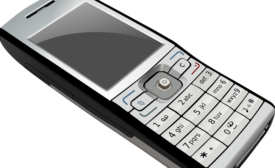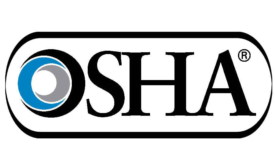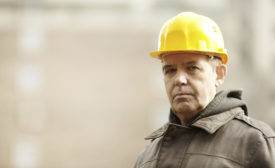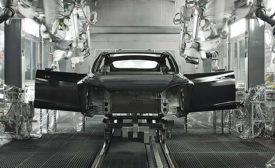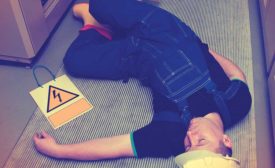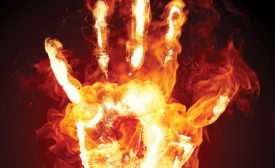Articles by Dave Johnson
Arc flash protection myths & mistakes
‘It won’t happen here’ is dangerous complacency
June 1, 2017
Protecting hands from shock & arc flash
A new ASTM standard will broaden your choices
May 11, 2017
Never miss the latest news and trends driving the safety industry
eNewsletter | Website | eMagazine
JOIN TODAYCopyright ©2024. All Rights Reserved BNP Media.
Design, CMS, Hosting & Web Development :: ePublishing
